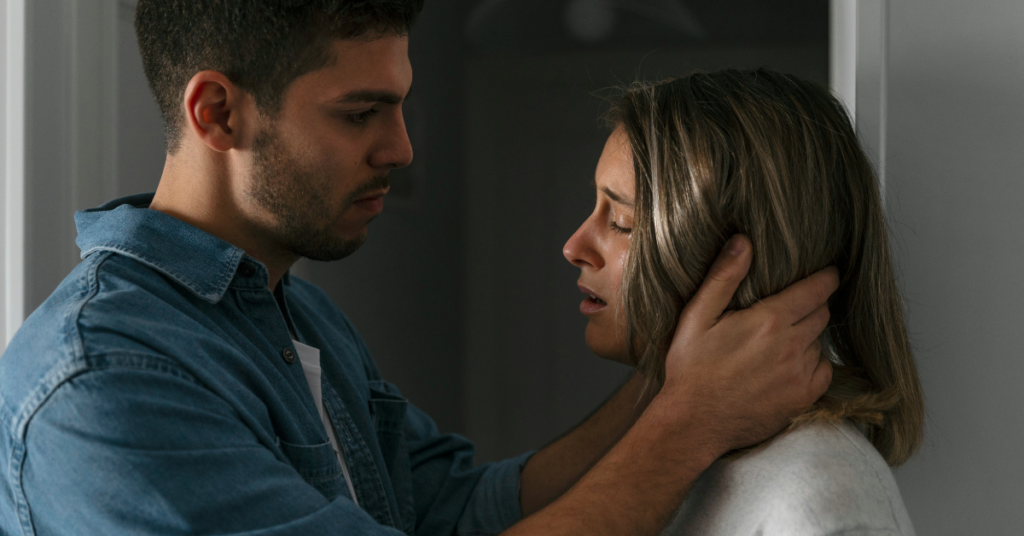Relationships play a crucial role in shaping our emotional well-being and self-worth. Understanding healthy vs. toxic relationships is essential, as a healthy relationship can be uplifting, supportive, and nurturing, while a toxic one can drain your energy, lower your self-esteem, and cause emotional distress. However, differentiating between the two is not always easy. Therefore, let’s explore key signs, real-life examples, and solutions to help you build healthier connections.

Signs of a Healthy Relationship
1. Mutual Respect
In a healthy relationship, both individuals respect each other’s boundaries, opinions, and choices without judgment.
Example: Sarah and John have different career aspirations. Instead of forcing his views on her, John supports Sarah’s goals, even if they differ from his own.
Solution: To foster respect, always acknowledge your partner’s individuality, listen without interrupting, and appreciate their perspectives.
2. Open and Honest Communication
Honest communication builds trust and prevents misunderstandings. Consequently, partners feel heard and valued.
Example: Lisa feels overwhelmed with work and tells her partner, Mark, about her stress. Instead of dismissing her, Mark listens and offers comfort.
Solution: To maintain open communication, share your thoughts and feelings regularly, and encourage your partner to do the same. Furthermore, active listening is key!
3. Trust and Security
A healthy relationship fosters trust, where both individuals feel secure and valued. As a result, they experience a strong emotional connection.
Example: Even though they spend time apart with friends, Alex and Mia trust each other and don’t feel the need to check each other’s phones or whereabouts constantly.
Solution: To build trust, avoid unnecessary jealousy and possessiveness. Instead, develop honesty and consistency in your actions.

4. Healthy Conflict Resolution
Conflicts are normal; however, resolving them respectfully makes all the difference.
Example: When Jack and Emma argue about finances, they take time to cool off before discussing the issue calmly rather than blaming each other.
Solution: To handle conflicts effectively, always approach them with a problem-solving mindset rather than playing the blame game.
5. Encouragement and Support
A healthy relationship helps you grow and become the best version of yourself. Thus, support and encouragement play a significant role.
Example: When Mia decides to take up painting, her partner, Ryan, encourages her passion rather than belittling it.
Solution: To create a supportive relationship, celebrate each other’s successes and encourage dreams without insecurity.

Signs of a Toxic Relationship
1. Constant Criticism and Belittling
A toxic relationship involves frequent criticism, making one feel unworthy. Over time, this can damage self-esteem.
Example: Sam constantly tells Lily she isn’t smart enough to get a promotion, which makes her doubt her abilities.
Solution: To recognize demeaning behavior, pay attention to how your partner speaks to you. If they constantly put you down, it may be time to reconsider the relationship.
2. Manipulation and Control
One partner tries to control the other’s actions, decisions, or social circle, which creates an unhealthy dynamic.
Example: Ben gets angry whenever Jessica spends time with her friends and guilts her into staying home instead.
Solution: To set clear boundaries, express your need for independence. A loving relationship allows freedom, not control.
3. Lack of Trust and Constant Jealousy
In a toxic relationship, trust is replaced by suspicion and possessiveness, leading to constant tension.
Example: Emily has to explain every interaction with male colleagues because her boyfriend assumes she is cheating.
Solution: Trust should be the foundation of any relationship. If your partner is overly possessive, communicate your concerns and set clear boundaries.

4. Emotional or Physical Abuse
Any form of abuse—verbal, emotional, or physical—is a major red flag and should never be tolerated.
Example: Mike frequently yells at Anna, calling her worthless and making her feel scared to voice her opinion.
Solution: If you are in an abusive relationship, seek help immediately. Additionally, talk to trusted friends, family, or a counselor for support.
5. Feeling Drained Instead of Uplifted
A toxic relationship leaves you feeling emotionally exhausted rather than happy. Eventually, this can take a toll on mental health.
Example: Whenever Sarah spends time with her partner, she feels anxious and emotionally exhausted instead of happy and relaxed.
Solution: Pay attention to how a relationship makes you feel. If it consistently drains you, then it may not be healthy for your well-being.
How to Transition from a Toxic to a Healthy Relationship
- Self-Reflection: Identify patterns in your relationships and recognize what needs to change.
- Set Boundaries: Communicate your needs clearly and stand firm on them. Otherwise, toxic patterns may persist.
- Seek Support: Talk to trusted friends, family, or a therapist for guidance. Moreover, professional advice can be beneficial.
- Prioritize Self-Love and Stress Management: Engage in self-care activities that boost your confidence and well-being. Additionally, stress management techniques can help.
- Consider Professional Help: If the relationship is too toxic, consider seeking professional counseling or ending the relationship for your mental health.

Final Thoughts: Healthy vs. Toxic Relationships
Healthy vs. Toxic Relationships play a crucial role in our well-being. Healthy relationships bring out the best in us, offering support, love, and encouragement, while toxic ones drain us emotionally, causing stress and self-doubt. Therefore, recognizing the difference between healthy vs. toxic relationships can empower you to build fulfilling connections that contribute to your happiness and growth.
If you’re interested in learning more about mental health and self-care, check out this helpful guide on mental health and self-care. For more insights on identifying healthy relationships, especially in the context of teen dating, you can explore this resource on characteristics of healthy relationships. Ultimately, the most important relationship you have is with yourself—never settle for less than you deserve.


